Description
The Stoneway steps provide a passageway between the High Town and Low Town. The picturesque steps have been carved into the sandstone cliff. 137 steps in all, edged with iron and of uneven size because it was once used by horses, thus they are quite comfortable to walk.
Halfway down the steps you will find the aptly named ‘Theatre on the Steps’. This is the former 18th century Congregational Chapel which now houses an amateur theatre company and hosts visiting professional touring companies.
During Bridgnorth’s heyday as a thriving port there were upwards of 50 pubs and eateries around Cartway and the quay area. The labourers mainly lived in Low Town because traditionally those with little income were forced tended to have to stay on the “lower grounds” and be subjected to the turmoil of river’s flooding.
All the steps
1. Ebenezer Steps: nearest the railway station
2. Cannon Steps: the steepest at 180 steps. A cannon from the siege of Sebastopol in 1855 once stood atop these steps. It was melted down during the Second World War for its iron.
3. Library Steps: in 1904 the library had its top floor removed as it obstructed the view from the bowling green. It’s now a private home.
4. St Marys Steps: branching off The Library Steps the first Wesleyan Chapel was built into the cliff in 1833, the gallery being a series of steps cut into the rock. Now a private home.
5. Stoneway Steps: the longest route, but shallow for donkeys to carry goods.
6. St Leonards Steps: another long route (up to the church)
7. Granary Steps: up to the church again.
8. Friars Loade Steps: Bridgnorth Franciscan Friary founded in 1244 was dissolved in 1538 and the site became a carpet factory in around 1820 its dye house was located at the foot of these steps and locals used to call them the Dye Steps.
9. Bank Steps
10. Seven Sisters Steps

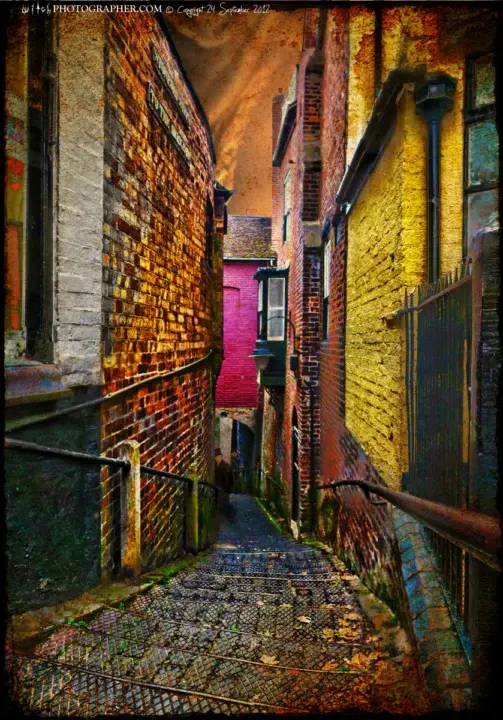
 Click a section to zoom in. These are
Click a section to zoom in. These are 







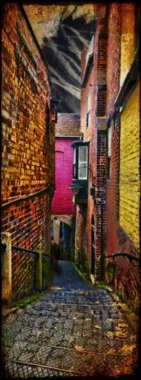

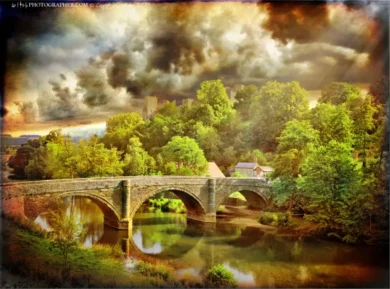
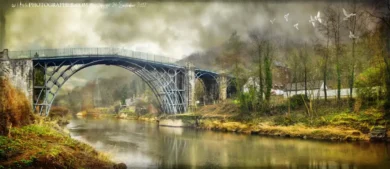
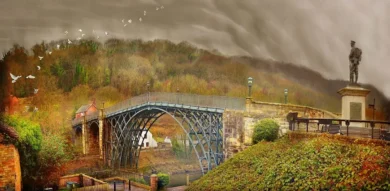
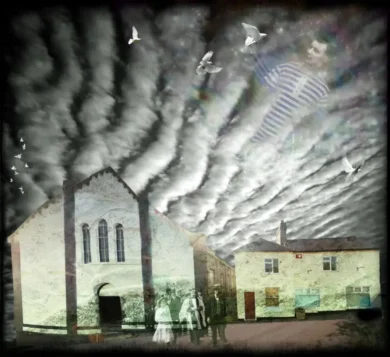
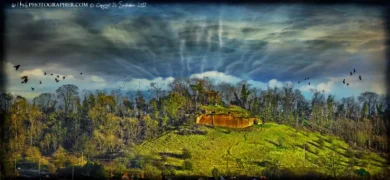
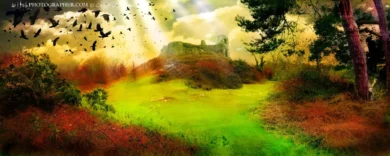
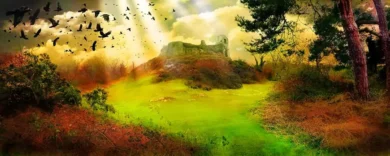
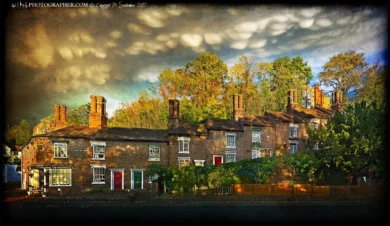
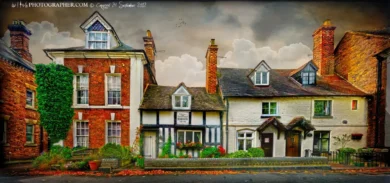
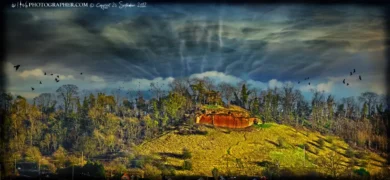
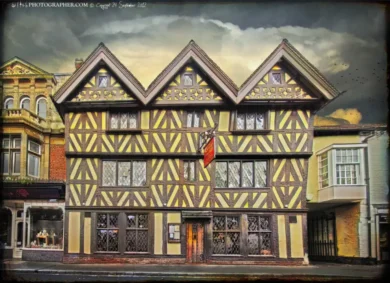
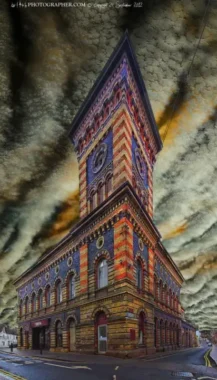
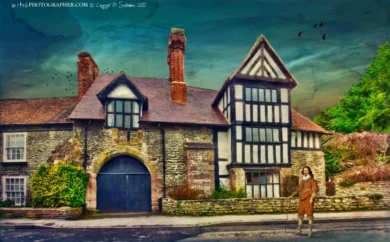
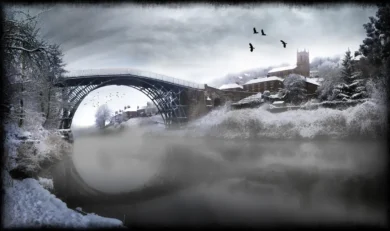
Reviews
There are no reviews yet.